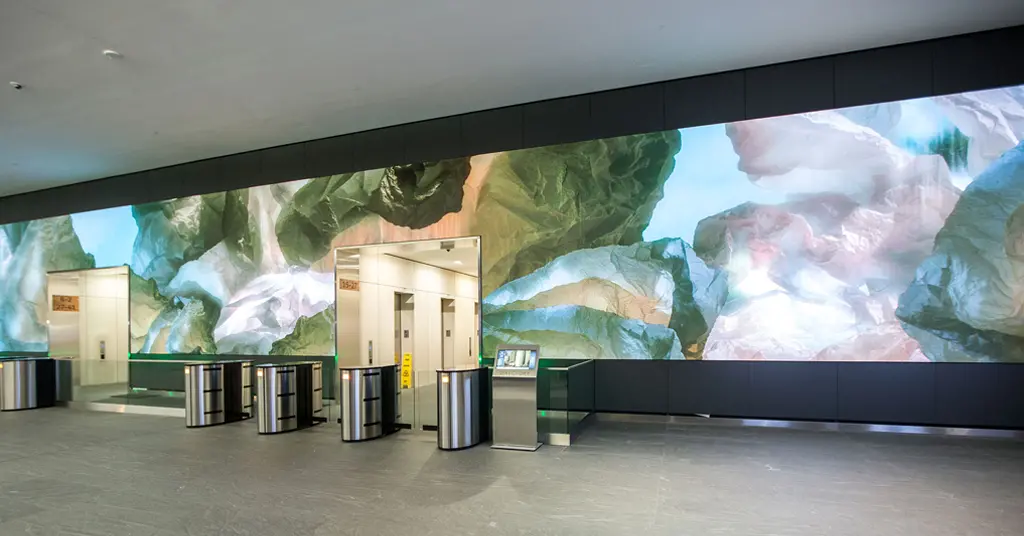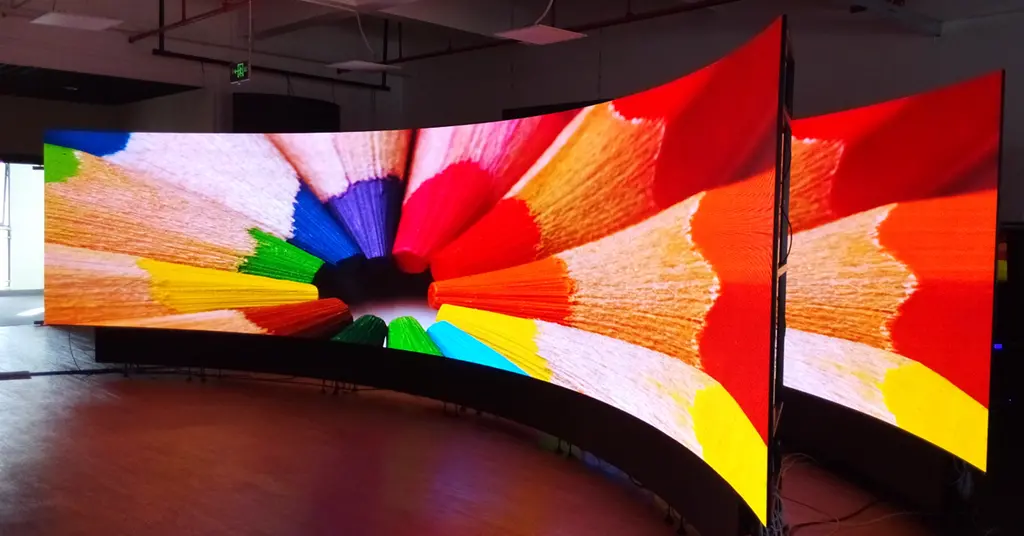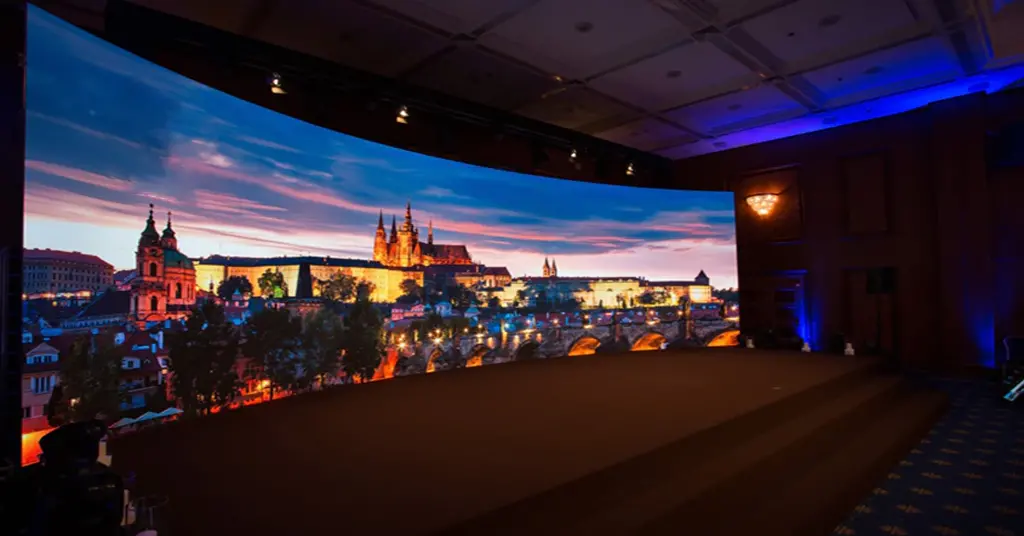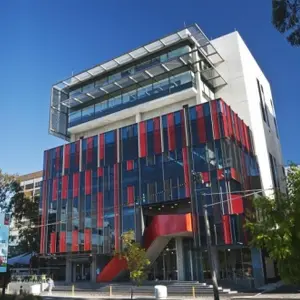How should schools choose flexible LED screens
Table of Contents

Introduction to flexible LED screens
Flexible LED screens are a type of display technology that allow for the creation of curved or bendable displays. These screens are made up of a series of tiny light-emitting diodes (LEDs) that can be manipulated and molded into various shapes and sizes.
One of the key advantages of flexible LED screens is their ability to conform to non-flat surfaces, allowing for the creation of unique and dynamic displays that can be customized to fit specific environments or spaces. They are also lightweight, making them easy to transport and install.
Benefits of flexible LED screens in educational settings
Enhanced Visual Experience: Flexible LED screens provide a high-quality visual experience and can display bright and vibrant colors. The flexibility of the screens also allows them to be installed in unconventional locations such as curved walls and ceilings, making it easier for students to see and understand the content.
Increased Interactivity: The flexibility of LED screens allows for interactivity, which can lead to more engagement and collaboration among students. Teachers can use touch screens and other interactive features to create a more immersive learning experience.
Cost-Effective: Flexible LED screens are more energy-efficient and have a longer lifespan than traditional projectors or whiteboards, reducing long-term maintenance costs.
Easy to Install and Use: Installing a flexible LED screen is easy and requires minimal time and effort. The screens can be mounted on the wall or ceiling and can be easily connected to a computer or other device.
Multi-Purpose: Flexible LED screens can be used for a variety of purposes in educational settings, including displaying presentations, videos, and interactive educational content. The screens can also be used for announcements, schedules, and other important information.

Factors to consider when choosing a flexible LED screen for a school
When choosing a flexible LED screen for a school, here are some factors to consider:
- Screen size: Determine the screen size needed for your school based on the distance of the audience from the screen and the available space in the school.
- Screen resolution: Higher resolution screens offer better picture quality, but they also come with a higher price tag. Consider the intended use of the screen when choosing the resolution.
- Flexibility: Consider the level of flexibility of the screen. A highly flexible screen allows for more creative installations, while a less flexible screen may limit your installation options.
- Durability: Choose a screen that is built to last, especially if it will be used in a high-traffic area or in outdoor spaces. Look for screens with strong frames and screens that are water and weather-resistant.
- Brightness: Choose a screen with appropriate brightness for your location. A screen with too much brightness can be distracting, while one with too little brightness can be difficult to see.
- Installation: Consider the installation process and cost. Some screens require professional installation, while others can be installed by school staff. Additionally, consider the cost of installation, as it can significantly increase the overall cost of the project.
- Cost: Consider your budget and choose a screen that fits within your price range. Keep in mind that cheaper screens may not offer the same level of quality as more expensive options, so be sure to balance cost and quality.
- Maintenance: Choose a screen that is easy to maintain and repair. Look for screens with a warranty and consider the availability of replacement parts if needed.
- Compatibility: Consider the compatibility of the screen with existing technology in the school. This includes things like media players, video cameras, and other audiovisual equipment.
By considering these factors, you can select the best flexible LED screen for your school that meets your needs and budget.

Case studies of schools that have implemented flexible LED screens
Donguk Women’s University, South Korea:
Donguk Women’s University in South Korea installed flexible LED screens in their classrooms in 2018. The university installed a total of 14 flexible LED screens, ranging in size from 55 to 165 inches, in six classrooms. The screens were used to display presentations, videos, and other educational content. The university reported that the flexible LED screens were well-received by both students and teachers, and helped to create a more immersive and engaging learning experience.

Panyathip International School, Laos:
Panyathip International School in Laos installed flexible LED screens in their classrooms in 2019. The school installed a total of 30 flexible LED screens, ranging in size from 32 to 110 inches, in all of their classrooms. The screens were used to display interactive content, such as educational games, quizzes, and multimedia presentations. The school reported that the flexible LED screens helped to create a more dynamic and interactive learning environment, and improved student engagement and participation.

Swinburne University of Technology, Australia:
Swinburne University of Technology in Australia installed a large, curved flexible LED screen in their Innovation Precinct in 2018. The screen, which measures 3.4 meters wide and 1.7 meters tall, is used to display multimedia content, such as presentations, videos, and interactive data visualizations. The university reported that the flexible LED screen has been a popular attraction for students and staff, and has helped to create a more immersive and engaging environment for learning and collaboration.

Conclusion and recommendations for choosing the best flexible LED screen for a school
When it comes to choosing the best flexible LED screen for a school, there are several factors to consider. Based on the requirements of the school, the following are some of the recommended features that one should consider:
- Screen size: The size of the screen should be appropriate for the space where it will be installed. Consider the viewing distance and the dimensions of the room.
- Resolution: A higher resolution is always better for displaying detailed content. A pixel pitch of less than 2mm is recommended for a better viewing experience.
- Brightness: A high brightness level is recommended to ensure that the content is visible in any lighting conditions. A minimum brightness level of 1,000 nits is recommended for indoor usage.
- Flexibility: A flexible LED screen is recommended to make installation easier and to ensure that it can be mounted in different positions and configurations.
- Durability: The screen should be durable enough to withstand any environmental factors such as temperature and humidity.
- Energy efficiency: The screen should be energy-efficient to save on electricity bills.
Based on these factors, some of the recommended flexible LED screens for a school include:
- Absen Polaris Series
- Galaxyav
- Unilumin UpanelS
- ROE Visual Ruby RB2
In conclusion, when choosing the best flexible LED screen for a school, it is important to consider the specific needs of the school and choose a screen that meets those requirements. It is also recommended to work with a reputable vendor who can provide guidance and support throughout the installation process.
These are the five aspects of “How should schools choose flexible LED screens”, we hope these contents help you when choosing and purchasing flexible LED screens for schools and educational institutions.
Galaxyav is a professional flexible LED screen manufacturer with more than 20 years of history in this field. We not only manufacture LED display panels but also provide customers with various audio-visual system solutions. If you are interested in this area, our senior technical engineers will provide you with free quotations and audio-visual design solutions.
Others also read the following article
Want to know more about the Audio Visual Solutions?
